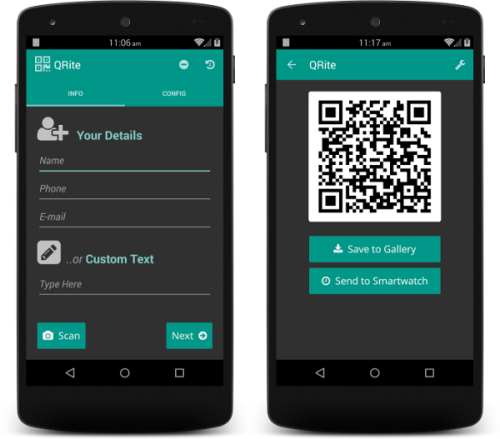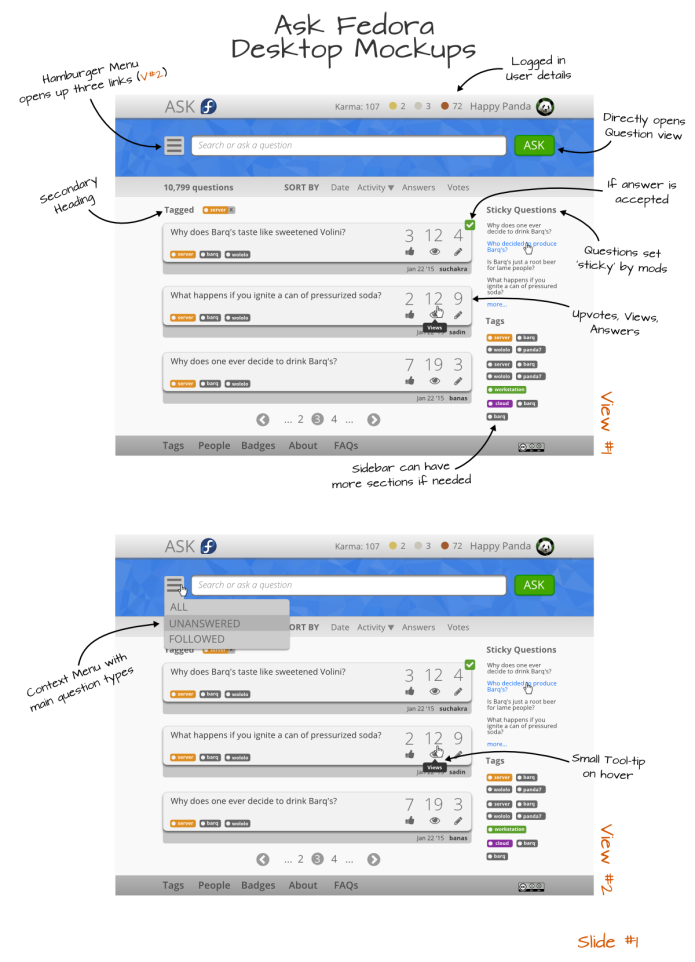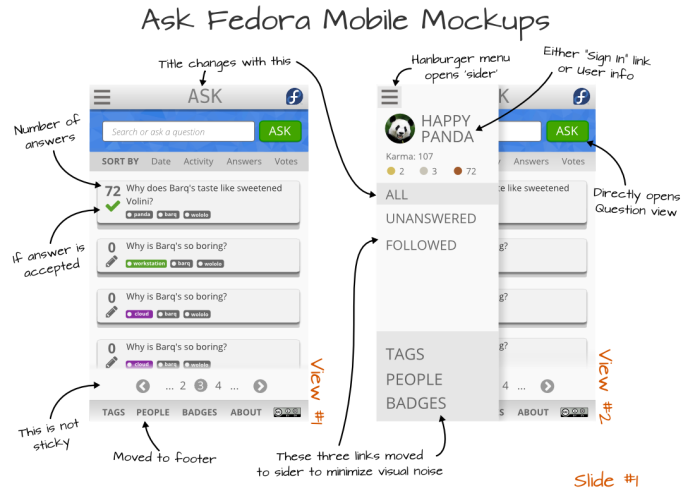I still remember the day when I first accessed internet in India. It was a hot Delhi summer day in August 1995 and I was in my dad’s lab. VSNL had rolled out internet first in government research labs I assume. My dad had brought me specially to office on saturday to show me this wonder. I fired up Netscape Navigator (many of you may remember it as the precursor to Mozilla’s web technology) and an IT assistant told me to type http://www.yahoo.com in the browser. Some lights blinked and approximately 10 seconds later some images appeared from a far off land with the help of some tired electrons that made this journey to my screen. I typed “Australlia” – yes with the typo in the search bar and half an hour later I knew a lot about Aborigines, Uluru, their art, culture, destinations to visit and such. I never had an encyclopedia at home and this was magic for my tiny brain. Soon, Indian government started making their web presence known and developed websites for their departments, ministries etc. They called them portals (not the one which Valve makes). It was all amazing. Such a giant leap for us.
Except for that fact that those portals with their ancient technologies have pretty much remained same till now. Duh.
To give you a glimpse, here is the website of Indian Meteorological Department (IMD). I urge you to go at http://imd.gov.in and explore the ancient wisdom of golden era engineers in their full glory.

IMD website. Such beauty, much wow!
Here are some more screenshots of famous websites that people visit :

Indian Railways website – Best viewed on Internet Explorer 1024×768. Wow!

CBSE website – Teaching future generations HTML 1.0 tech

University of Mumbai – A flood of NEW

MTNL Delhi – We provide 4G services and online bill payment – but have the worst website on planet

Ministry of RT and Highways – I’ll let you know who built all this stuff
Oh yes, that is a marquee and those tiny “NEW” things are so fabulous. Its like web fashion from 1990s returning never changed since 1996. Wait don’t go. Here is a list of websites I urge you to try :
http://mtnldelhi.in/
http://www.indianrail.gov.in/
http://cbse.nic.in/welcome.htm
https://negp.gov.in/index.php <– security certificate expired
http://www.mu.ac.in/
http://www.isro.org/
EDIT:
http://www.nift.ac.in/ <– This is a design school. I know, borderline technical, but still its a design school!
There are numerous others with suffixes as .gov.in or .ac.in represented by Government of India in some form or other but absolutely unusable by general public. I don’t think babus ever visit the websites or I wonder if someone actually ever cares about the websites from the sense of UX/UI perspective.
I have categorized some observations and here goes the actual rant..
The “New” GIF Syndrome
You may start crying that there is no uniformity in .gov.in domains or any government website. Well, you are wrong. Most of them suffer from this syndrome which make the UI puke-worthy. Its the “New” gif. A remnant from the dinosaur era, these small gifs were created by web enthusiasts when gif was cool (the first time). It was an amazing feature of that era (no jokes) but its (really)^infinity annoying in the age of HTML5 and CSS. All government websites have made it a point to annoy people while making announcements by putting these tiny devilish GIFs. People may see it as just a blinking “New”. But here is what it actually looks like to me :

The Marquee Dance
Remember the <marquee> tag? Oh this wonderful tool to have fun with in the 90s. There is no shortage of this piece of archaic technology in these websites too. I think its the worst tag ever designed. I don’t know how others see it, but its just so annoying to wait for 2 minutes just for the relevant announcement to scroll like a snail on the screen and then trying to catch it using the mouse as if a cat is chasing a mouse.
Those “Notice” PDF Links
Many times on such websites, from time to time, some links right from the home page (which for example says “Bus Schedule”) will point you to a shabbily scanned 10 page incomprehensible document of a schedule with all the official signatures, and rubber stamps still intact. There would even be a chai stain or staple-pin mark somewhere or other if looked closely. I mean seriously guys? Make a schedule in Excel -> print it -> get it approved by 3 people -> page crumbles -> scan it -> convert to pdf using a shitty free PDF converter -> put it up as hyperlink on a govt website?? Even Jackie Chan’s logic would get screwed here. This is the worst form of information delivery. But at least its better than no information. When will the process get streamlined?
The Babu photu effect
“Madame, ismyle pleej!“. Many websites also have images of ministers right in the headers. Refer to the images above. This is not so common, but not so uncommon too. Remember the fiasco over @PMOIndia twitter handle when it was gonna be archived? Well, ministers will not take any chance here.
The tiny multi-coloured serif fonts
This is another annoying thing. Minuscule serif fonts all scattered over with their red green and blue colors – creating an information overload. Along with the marquee and the NEW GIF (my soul cracks once each time I imagine that) the effect is amplified 100 times. The person just gets lost. Into the bottom of the ocean. Sometimes I feel they design the websites like this knowingly – just to hide some incompetency they may have.
The low-res myopic vision
So many aspiring photographers with their flashy DSLRs on Facebook and not a single one clicking professional photos for Government websites? It seems they have to do their best with 340×480 images, blow them up and plaster on their websites 😦 Look at the glory of those pixels. Such beauty in pixelated images. (/me weeps again). And those horrible logos. Probably done in MS paint 20 years ago and stretched using <img> tag all these years again and again and again with wrong aspect ratio. Even if there is a logo change, its still in MS Paint I think. Such dedication you see.
Unquestionably, India is a global IT leader. They do amazing things. There is no dearth of good web engineers and designers for sure. The websites of TCS, Wipro, Infosys are all well done. All private entities have wonderful websites – Airtel, Tata, Birla, ICICI, Even PSUs like ONGC etc. BUT WHY NOT GOVT WEBSITES? Why not even websites of central or regional academic institutions? Just look at website of any government engineering college in any state. The things which general public needs most is in the worst state. People would argue that internet penetration is not good and hardy anyone uses it. Well, you are wrong folks. Don’t judge a book by its cover. Just see the amount of bookings done on IRCTC website each day. The indigeneous technology which CRIS has put up is commendable. Thousands of students use CBSE websites to search for study material and see results. Remarkable too, is the work done by organizations such as ISRO – they may have not launched a beautiful and informative website but they have launched a spacecraft to Mars 🙂 If you dig deeper in the IMD website, there are hourly images from Kalpana satellite and quite accurate doppler radar maps of weater in major cities. Just that nobody knows and ever uses it because its hidden beneath layers of obscurity and bad UI. This is the department that prevented a recent catastrophe in AP. We have engineers who can do this : http://railradar.railyatri.in/ A flightradar like app for Indian Railways (I don’t think many railways in the world – except DB provide such APIs to get moderately accurate running info on the web). But we don’t have engineers to design an efficient Indian Railways website? There are 3 separate websites related to Indian Railways – all confusing. I cry in the nights silently seeing these websites, tears rolling while booking railway tickets, looking at election results, so on and so forth. The pain is unbearable. Even if I want to help, maybe I won’t be allowed to as I am not in a sarkari job as the awesome guys there. They are very good and highly apt – but in UI/UX technologies of the 90s i think.
All this does not absolve the government from the leniency and giving arguably the worst UX experience provided on the web. There is no uniformity in the government websites and no way to actually get the head and tail of anything that goes inside. National Informatics Center (NIC) which I presume handles these major websites has at least redone its website (http://www.nic.in) so its not an eyesore anymore. (Thanks a lot guys) Same is the case of recently launched Mygov website (http://mygov.nic.in/), http://www.data.gov.in and Department of Electronics and IT website. I think they even tried to organize a hackathon! Good job. I just hope all the Govt websites start getting a facelift like these ones soon. I don’t know if its gonna be effective or not.
I showed the miserable websites to my friends here and we all enjoyed a few laughs. Then I saw beautiful govt websites of many countries. How can I explain to them that there is a high chance that some of these websites may have been designed by Indians but the Indian Government itself is incompetent to utilize their own engineers to give better service to its citizens. How and what kind of people do they hire in institutions like NIC? Is an entrance exam enough to show aptitude in design and development? Is there some in house training being delivered to engineers to bring them up to date? Foreign investors visit these websites for sure to see infrastructure support. Imagine what they will think when the visit Ministry of Highways website and see the badly “Photoshopped” fake looking images. Sigh.
Lastly, an open request to some randomly web surfing government IT officials and policy makers who may have reached here. Contact me folks, I will do designs for free. Trust me. For FREE! I will take out time from my research, sit in a foreign land and do it for free, just for you India – only if you keep your egos aside and invite the open world to help you. Start a major UX/UI redesign project for web and open source it. You will be surprised how many talented young minds will help you out.
Over and out. Spread the word.
EDIT :
I’ll just record some exceptions to the above here :
http://gectcr.ac.in/ <– This should be the example for all Govt academic institutions. They took the initiative. Kudos!
Government has a web design policy and guidelines doc. Saved for reading later : http://web.guidelines.gov.in/
It needs some cleanup for sure and it is indeed the next step.









